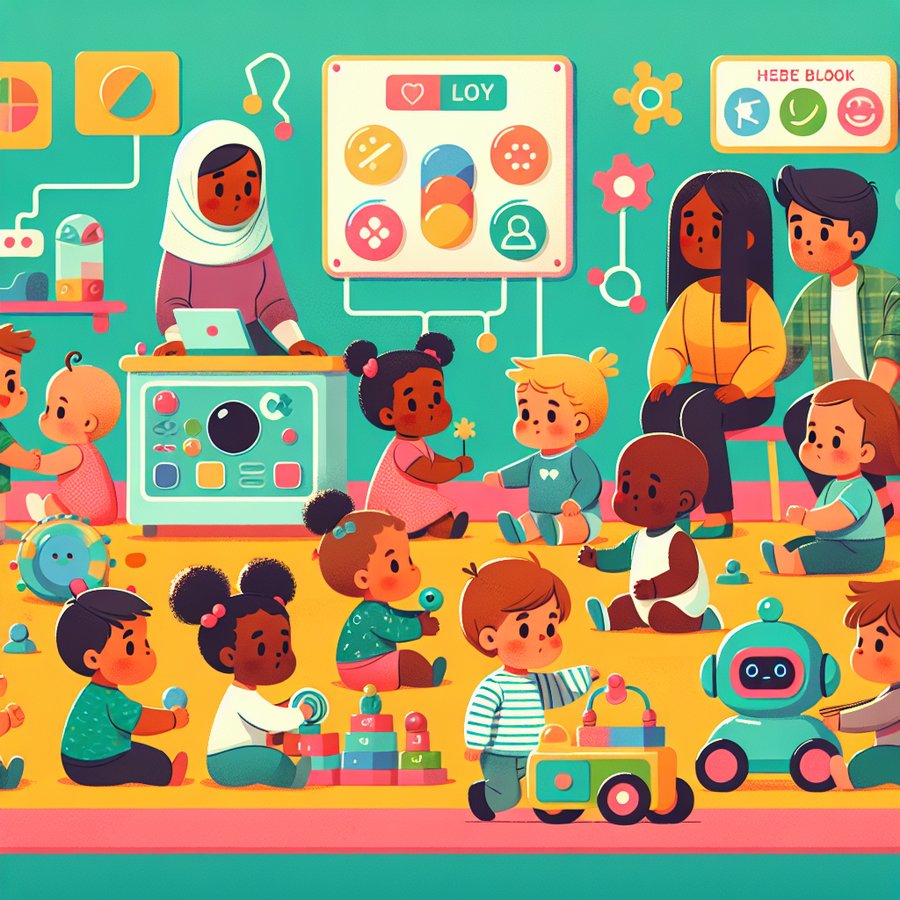As parents and caregivers navigate the digital age, the Guidelines for introducing technology to toddlers become an essential topic of discussion. Technology, when used appropriately, can complement a child’s development, offering educational content and interactive experiences. However, striking the right balance is key to ensuring that technology serves as a tool for growth rather than a hindrance.
Understanding the Impact of Technology on Toddlers
Before delving into guidelines for introducing technology, it’s important to understand its potential impact on toddlers. Research suggests that while educational apps and games can offer cognitive benefits, excessive screen time may hinder physical and social development (World Health Organization). This dual nature of technology underscores the need for careful consideration and moderation in its introduction to young children.
Furthermore, toddlers learn best through tactile experiences and direct interaction with their environment. Technology should enhance, not replace, these vital learning opportunities. Ensuring that technology use is balanced with plenty of physical play and social interaction is crucial for well-rounded development.
Guidelines for Introducing Technology to Toddlers
Implementing Guidelines for introducing technology to toddlers effectively requires a thoughtful approach. Start by choosing high-quality, age-appropriate content that aligns with your child’s interests and developmental needs. Resources like Common Sense Media can provide valuable insights and recommendations for suitable apps and programs.
It’s also important to set clear limits on screen time. The American Academy of Pediatrics recommends no more than one hour of high-quality screen time per day for children aged 2 to 5 years. This guideline helps ensure that technology use does not detract from essential activities such as sleep, physical play, and family time.
Parents and caregivers should actively engage with their toddlers during screen time. Co-viewing and discussion of content can enhance understanding and make screen time more interactive and meaningful. This practice also allows parents to monitor and guide their child’s technology use closely.
Lastly, creating tech-free zones and times can foster other developmental areas. Encouraging activities like reading, outdoor play, and creative arts supports a healthy balance and ensures that technology complements rather than dominates a toddler’s world.
Choosing the Right Tools and Content
Selecting the right educational tools and content is paramount in following the Guidelines for introducing technology to toddlers. Focus on apps and games that promote learning through play, and consider those that encourage problem-solving, language development, and creative expression. Utilize resources like this guide for insights on choosing educational apps tailored to young learners.
In addition, integrating technology that fosters interaction with the real world can be beneficial. Augmented reality apps that encourage exploration and discovery can provide immersive learning experiences, bridging the gap between digital and physical play.
Relying on reputable sources and expert recommendations can help parents navigate the vast array of digital content available. It’s also essential to regularly review and update the chosen apps and games to ensure they remain aligned with the child’s growing interests and developmental stages.
Ultimately, the goal is to use technology as a means to enrich a toddler’s learning journey, not to replace traditional learning methods. By adhering to these guidelines, parents can help their children harness the benefits of technology while minimizing potential drawbacks.













